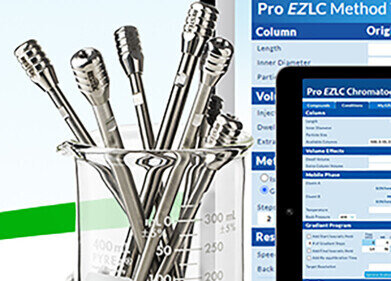Environmental Laboratory
Large Mercury Control Market Just Around the Corner
Nov 11 2009
The U.S., which was behind Europe in reducing SO2 from power plants, took the lead in mercury reduction with its Clean Air Mercury Rule. This rule would have guaranteed a large near-term market for mercury control
technologies and chemicals. Since this rule promulgation, there have been two developments which promise to make the market even bigger. But, ironically, they have also caused uncertainty and inertia in the short-term. This is the situation described by the McIlvaine Company in its continually updated, Mercury Air Reduction Markets.
The two developments which will make the market bigger in the long-term are a court ruling which vacated the existing rule and the election of a pro-environment president. The vacature is based on the failure of EPA to treat power plant mercury as hazardous air emissions. A replacement rule will have to address the emissions at each plant and not allow trading. The result will be a larger market.
The pro-environment administration is unlikely to let the U.S. be the only developed nation which permanently grandfathers existing plants instead of treating all sources equally. Elsewhere in the world, older plants
are given a grace period to bring their emissions down to those required of new plants.
There are some significant projects going forward. Some states in the U.S. and provinces in Canada are pressing forward. Technology suppliers are already enjoying revenues in these locations. Certain mixed fuel
applications in Europe as well as waste incineration projects in most areas of the world require mercury control. Cement plants and various mining facilities are also good prospects.
Depending on the timing of new U.S. regulations, the world market for activated carbon could be tight. McIlvaine is continually adjusting the supply and demand forecasts. These include supply forecasts for individual
activated carbon suppliers as well as demand forecasts by industry and country. Activated carbon demands in water treatment are also taken into account.
One of the big factors in determining activated carbon demand is the performance and cost of alternatives. These include chemicals added to scrubbers, catalysts, and no carbon absorbents. One possibility is that
there will be use of activated carbon in the short-term but replacement with alternatives in the long-term. This would result in potential excess capacity.
The outlook for this market is changing weekly. The continually updated report reflects the current situation.
Digital Edition
IET 34.2 March 2024
April 2024
Gas Detection - Biogas batch fermentation system for laboratory use with automatic gas analysis in real time Water/Wastewater - Upcycling sensors for sustainable nature management - Prist...
View all digital editions
Events
May 05 2024 Seville, Spain
May 06 2024 Minneapolis, MN, USA
May 13 2024 Munich, Germany
May 15 2024 Lund, Sweden
May 15 2024 Frankurt-am-Main, Germany


















